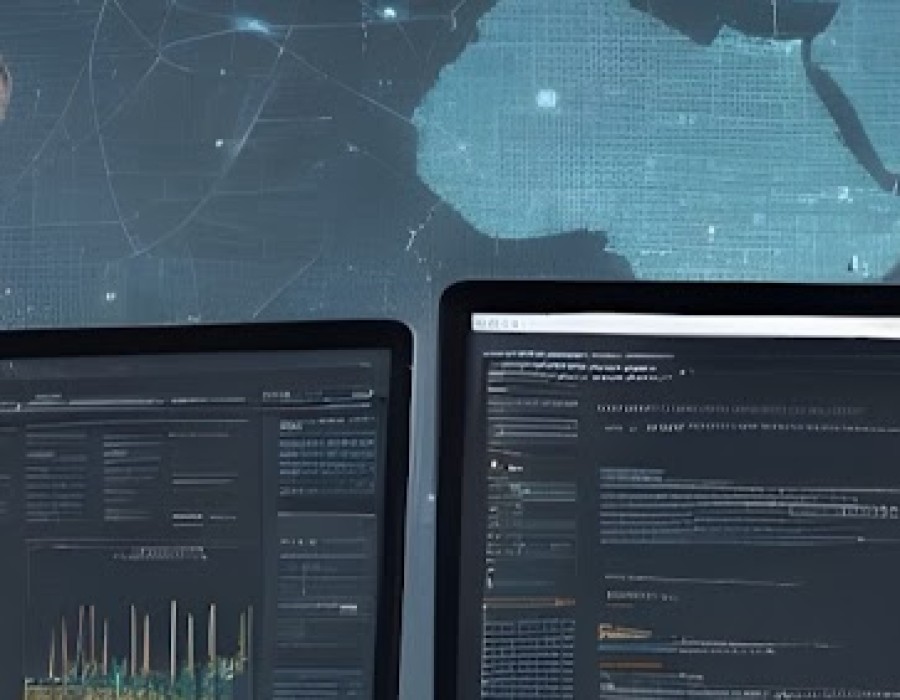Data collection is a foundational step in any research, analysis, or decision-making process. Collecting high-quality, relevant data ensures that insights and conclusions drawn from the data are accurate and meaningful. Various data collection methods are suited to different types of data and research objectives, whether for understanding consumer behavior, monitoring trends, or gathering insights for scientific research. This article outlines the most widely used data collection techniques, their applications, and key considerations for each.
1. Surveys and Questionnaires
Surveys and questionnaires are widely used to gather structured data from a large number of respondents. They can be administered in person, via mail, over the phone, or online.
- Best For: Collecting quantitative data on opinions, preferences, or specific behaviors.
- Tools: Google Forms, SurveyMonkey, Typeform.
- Pros: Cost-effective, easy to analyze, and scalable for large samples.
- Cons: Responses may be affected by biases or poorly designed questions, impacting accuracy.
2. Interviews
Interviews are a qualitative data collection method involving one-on-one or group discussions. They provide in-depth insights and allow the interviewer to ask follow-up questions based on responses.
- Best For: Gathering detailed feedback, opinions, or experiences.
- Tools: Video conferencing platforms (Zoom, Skype), voice recorders.
- Pros: Allows for rich data collection, can clarify responses.
- Cons: Time-consuming, interviewer bias may influence results.
3. Observations
In observational data collection, researchers observe subjects in their natural environment. This technique is valuable for studying behaviors and interactions without direct interference.
- Best For: Understanding behavior, workflows, or environmental factors in real time.
- Tools: Video recording equipment, note-taking tools, field logs.
- Pros: Provides real-time, authentic data.
- Cons: Observer bias, lack of control over external factors.
4. Web Scraping
Web scraping is an automated technique used to extract data from websites. It is useful for gathering large volumes of publicly available data, such as product prices, user reviews, or social media comments.
- Best For: Collecting large-scale online data quickly, such as competitive pricing or customer reviews.
- Tools: BeautifulSoup, Scrapy, Octoparse.
- Pros: Automated, can handle vast amounts of data.
- Cons: Legal concerns, website structure changes, technical skills required.
5. API Data Collection
APIs (Application Programming Interfaces) provide programmatic access to data from other platforms or services, such as weather data, social media metrics, or financial information.
- Best For: Accessing real-time, structured data from external sources.
- Tools: API documentation tools (Postman), Python libraries (requests, tweepy).
- Pros: Efficient access to data, especially for dynamic, real-time datasets.
- Cons: Limited by API restrictions, requires technical knowledge.
6. Experiments
Experiments are conducted under controlled conditions where variables are manipulated to observe their effects. This method is often used to test hypotheses and evaluate cause-and-effect relationships.
- Best For: Testing specific variables, often in scientific or controlled studies.
- Tools: Laboratory equipment, A/B testing tools (for web-based experiments), statistical software.
- Pros: High level of control, can establish causation.
- Cons: Resource-intensive, may lack external validity.
7. Existing Data (Secondary Data)
Secondary data collection uses data that has already been gathered and published by other researchers, government bodies, or organizations. Common sources include government databases, industry reports, and academic studies.
- Best For: Historical or trend analysis when primary data collection isn’t feasible.
- Tools: Public databases (World Bank, U.S. Census Bureau), academic journals.
- Pros: Cost-effective, time-saving, often large-scale data.
- Cons: May not perfectly fit the research needs, could be outdated.
8. Social Media Data Collection
Social media platforms generate vast amounts of user-generated data, which can be analyzed for trends, public sentiment, and user demographics.
- Best For: Analyzing public opinion, monitoring trends, and understanding customer sentiment.
- Tools: Social media analytics tools, APIs (Twitter API, Instagram API).
- Pros: Real-time insights into consumer behavior and public trends.
- Cons: Privacy concerns, platform restrictions, and data quality issues.
9. Focus Groups
Focus groups involve guided discussions among a small group of people, led by a facilitator. This method is often used to explore attitudes, opinions, and ideas about a particular topic or product.
- Best For: Collecting detailed feedback on products, services, or ideas.
- Tools: Audio/video recording equipment, online focus group platforms.
- Pros: Provides deep insights, encourages interaction among participants.
- Cons: Limited sample size, can be costly and time-consuming.
10. Mobile Data Collection
With mobile devices like smartphones and tablets, data collection can occur on the go, with features such as location tracking, camera capabilities, and real-time feedback.
- Best For: Field research, location-based surveys, and real-time reporting.
- Tools: Mobile apps (KoboToolbox, Google Forms), GPS-enabled devices.
- Pros: Convenient, allows real-time data collection in remote areas.
- Cons: Dependent on device and connectivity, data security concerns.
11. Transactional Data Collection
Transactional data involves data captured through digital interactions, such as purchases, website interactions, or payment processing.
- Best For: Analyzing customer behavior, sales patterns, and financial transactions.
- Tools: CRM systems, e-commerce platforms, databases.
- Pros: Directly reflects customer behavior and operational metrics.
- Cons: Sensitive data, requires secure handling and privacy considerations.
12. Sensors and IoT Devices
Sensors and IoT (Internet of Things) devices collect real-time data from the physical environment, like temperature, motion, or humidity.
- Best For: Environmental monitoring, equipment maintenance, and health data.
- Tools: Wearable devices, environmental sensors, IoT platforms.
- Pros: Provides continuous, real-time data.
- Cons: Expensive equipment, data privacy and security concerns.
Conclusion
Each data collection technique has its own strengths, limitations, and ideal use cases. The choice of method depends on factors like research goals, data type, budget, and resources. For robust and actionable insights, combining multiple data collection techniques is often beneficial, especially when seeking both qualitative and quantitative data. Selecting the right method or combination ensures high-quality data and leads to more informed, effective decisions.






Comments